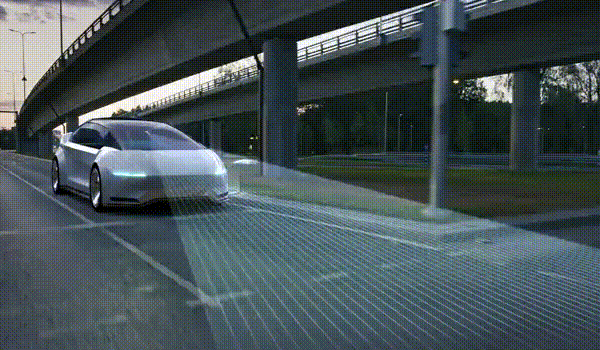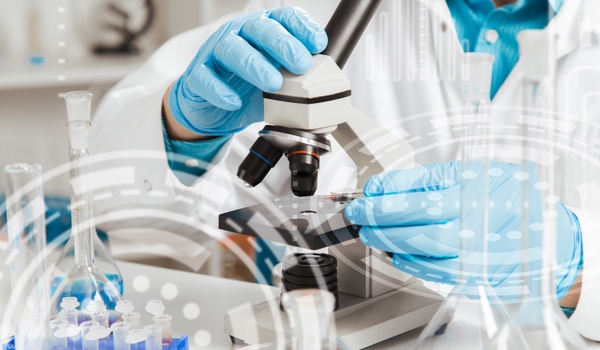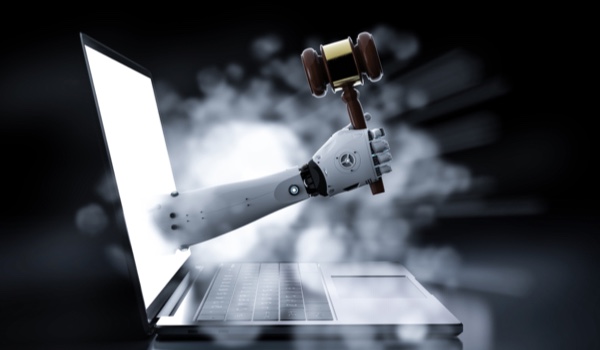


LONDON -
AI and nuclear medicine
Some of the most innovative uses of artificial intelligence (AI) in healthcare today are in the field of nuclear medicine and, thanks to AI, nuclear medicine demonstrates great potential for cancer treatment. There are around 20 million new cancer cases a year and some 10 million deaths, accounting for one in six of all deaths. This means that the problem - and therefore the opportunity - is vast.
One of the leading companies in the field is Evomics Medical, based in Shanghai and Vienna. Evomics uses the same technology to develop both diagnostics and therapies, and it has ambitious plans for its EV101 compound, which it thinks may become a USD10 billion blockbuster.
Nuclear medicine versus radiation therapy
People often confuse nuclear medicine with radiation therapy, or radiotherapy. Radiotherapists bombard tissue with radiation from an external source to remove or reduce cancerous cells. In nuclear medicine, however, radioactive molecules are injected into the bloodstream, where they act as a drug. The radioactive molecule is known as a ‘radioligand' - which comes from the Latin 'ligare,' which means to bind - and it can perform either a diagnostic function or a therapeutic one.
Once inside the body, the molecule 'recognizes’ proteins expressed by tumorous cells and binds to them. This then causes the radioligand to decay and emit positrons, the antimatter counterpart to electrons. When the positrons encounter electrons, they annihilate each other, producing a pair of high-energy photons, which are detected by a device called a positron electron tomography scanner. This is the diagnostic mode of nuclear medicine.
In therapeutic mode, the radioligand delivers a dose of radiation to the tumorous cell that
The content herein is subject to copyright by The Yuan. All rights reserved. The content of the services is owned or licensed to The Yuan. Such content from The Yuan may be shared and reprinted but must clearly identify The Yuan as its original source. Content from a third-party copyright holder identified in the copyright notice contained in such third party’s content appearing in The Yuan must likewise be clearly labeled as such. Continue with Linkedin
Continue with Linkedin
 Continue with Google
Continue with Google







 1141 views
1141 views










